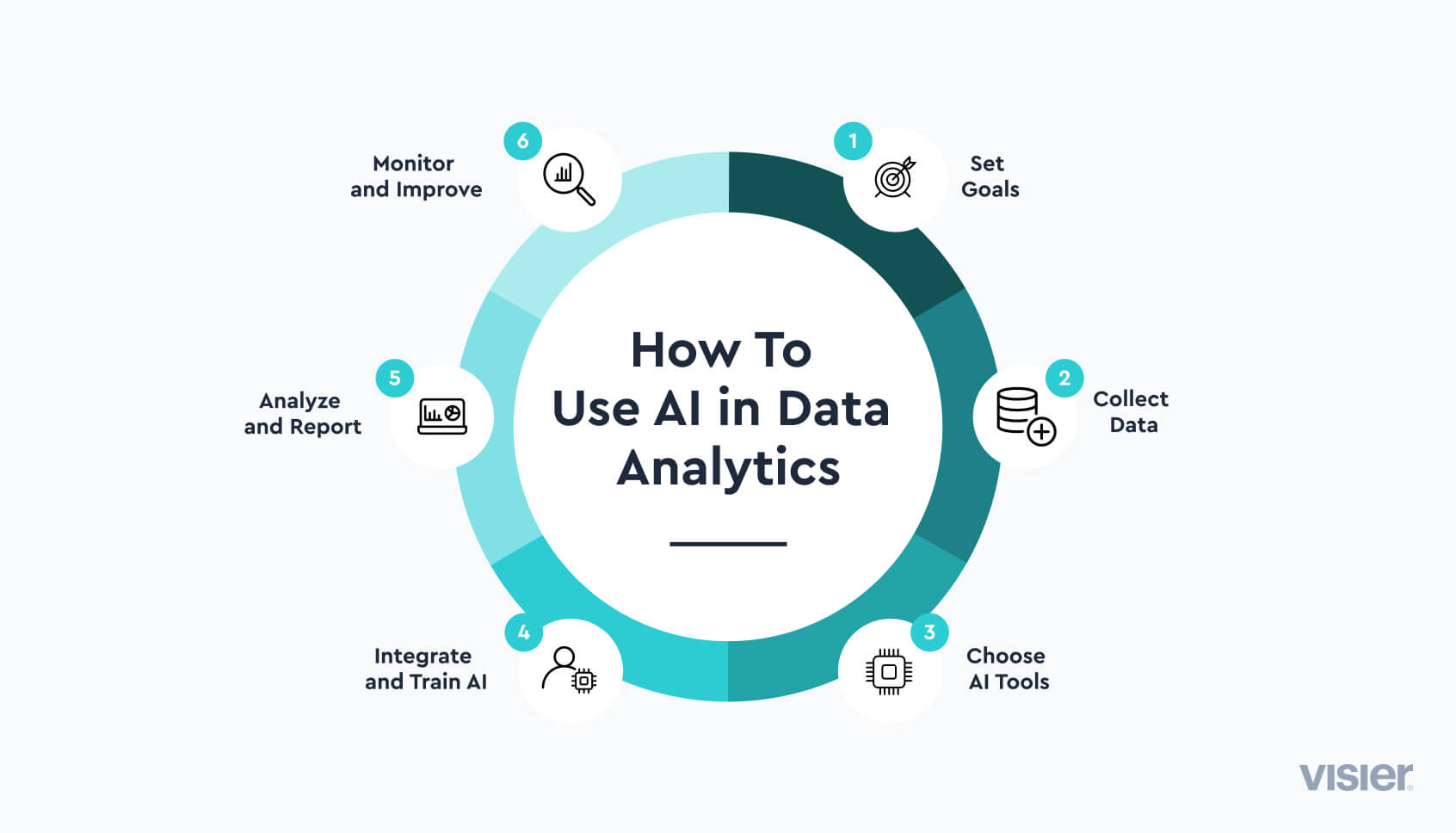How AI is Revolutionizing Communications Analytics

How AI is Revolutionizing Communications Analytics
Artificial Intelligence is transforming how organizations analyze and optimize their communications infrastructure, bringing unprecedented insights and automation capabilities.
The AI Analytics Advantage
AI-powered analytics offers several key advantages over traditional analytics approaches:
1. Predictive Insights
Rather than just reporting what happened, AI can forecast future trends and potential issues before they occur. This enables proactive management of:
- Call volume spikes
- Service degradation risks
- Capacity planning needs
- Resource allocation
2. Anomaly Detection
AI algorithms excel at identifying patterns and detecting anomalies that would be impossible to spot manually:
- Unusual calling patterns that may indicate fraud
- Unexpected quality degradations requiring investigation
- Security threats or compliance risks
- Billing irregularities or unexpected costs
3. Natural Language Processing
NLP capabilities enable deeper analysis of communication content:
- Sentiment analysis of customer interactions
- Automatic categorization of support calls
- Identification of common issues or questions
- Compliance monitoring for regulated industries
4. Intelligent Automation
AI can automate complex analytics workflows:
- Dynamic report generation based on significant findings
- Automated alerting with contextual information
- Self-optimizing dashboards that highlight relevant metrics
- Continuous system learning and improvement
Real-World Applications
Organizations are leveraging AI analytics across various communication domains:
Contact Centers
- Agent performance optimization
- Call routing efficiency improvements
- Customer satisfaction prediction
- Training needs identification
Enterprise Voice
- Capacity optimization across locations
- Cost reduction opportunity identification
- Usage pattern analysis by department
- ROI measurement for communication investments
Unified Communications
- Adoption rate analysis and improvement
- Feature utilization optimization
- Quality of service enhancement
- Cross-platform usage insights
Implementation Considerations
When adding AI to your communications analytics strategy:
- Start with clear business objectives rather than implementing AI for its own sake
- Ensure data quality and accessibility across systems
- Consider privacy and compliance implications
- Build in explainability to understand AI-driven insights
- Plan for continuous learning and model refinement
As AI technology continues to mature, its role in communications analytics will only grow more significant, offering organizations powerful new ways to optimize their communications infrastructure.